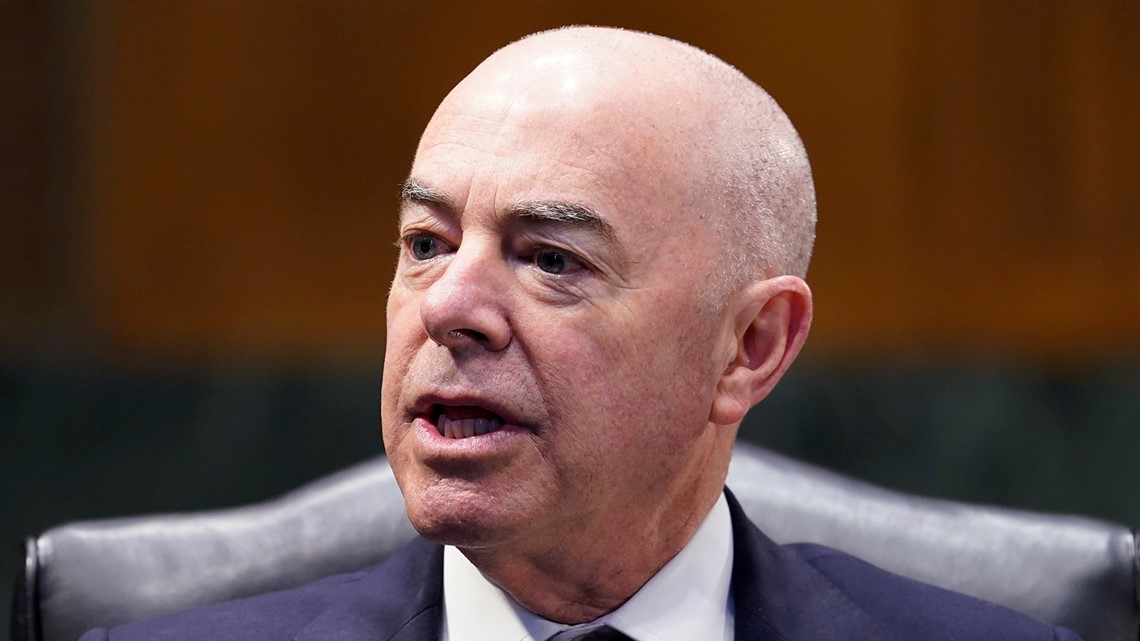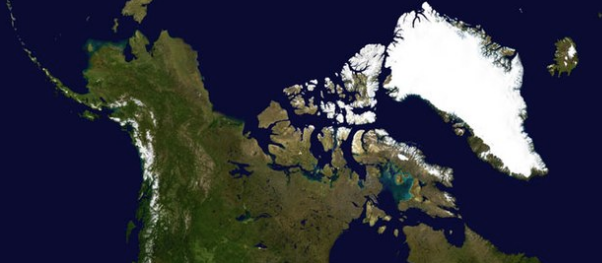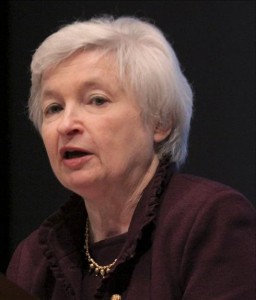The 1945-1991 Cold War between the US and Soviet Union took apart many certitudes. Most sharply on economic policy, but elsewhere too. What might the Cold War II that’s underway do? Right now, hot wars that erupted over Ukraine in 2022 and Gaza in 2023 are testing ‘Pax Americana,’ a direct threat to the US-led world order could emerge from China, and while India’s economy may have acquired a veneer of insulation from flare-ups of global geopolitics, our long-view stake in this game is high. West Asian stability, for example, matters not just for a trade corridor that found mention in last week’s budget speech, but, given the region’s proximity, also for our national security and other economic ties. The key question for global scenario planners, however, is whether America can sustain its hard power, defined crudely as an ability to impose its will overseas. Or if uncertainty over this calls for alternatives to be chalked out as well.
America’s top envoy Antony Blinken is currently on a West Asian mission to broker a hostage-release pause in Israel’s war on Gaza that has claimed over 26,000 Gazan lives. Israel, though, has taken US advice aired in public lightly so far. This, even as US backing of Israel drags it into a conflagration sparked by Hamas’s terror attacks from Gaza that left about 1,150 Israelis dead (and 250 held captive). Keeping the Red Sea open to all ships has meant confronting Iran-backed Houthi militia in Yemen. In retaliation for three US soldiers killed by a drone in Jordan, US forces struck Iran-linked targets in Iraq and Syria last week, with the UK pitching in for renewed air-strikes on Houthi positions. Although the US has refrained from direct hits at Iran, even a proxy battle runs the risk of hostility escalation. Still, the pattern of events since the Hamas outrage of 7 October suggests an attempt to entrap ‘Uncle Sam’ and cast it in the image of an oppressor across the Islamic world. That US military actions have echoed the ‘shock and awe’ of its post-9/11 war against Iraq, at least in their spectacle, may have inadvertently aided such a ploy. Calls arose over the weekend for full US troop withdrawal from Iraq, for instance. But the bigger worry for America, surely, must be what impression (of its might) the plight of Gazans will leave on the region’s people. In the near-term, Washington may count on hard weaponry to secure its old alliances with ruling elites. Yet, the irony of it is that a greater say in policy for people—across a Shia-Sunni schism—would probably diminish America’s sway over West Asia, making space for its Cold War II rival, China, which has lately sought to play bridge-maker across the Gulf. With two unstable parts of the world aflame, a third theatre of war over Taiwan might put the US ability to enforce its peace to a crucial test.
As a key arms supplier, US nudges for India to assume the Quad’s “driver’s seat” and deploy defence forces on the high seas shouldn’t be a surprise. Our bilateral interests converge in many fields. Moreover, our trade-expansion plans and export-hub hopes tilt West. Sure, a change in the White House could alter US foreign policy in ways both foreseen (think Nato) and unforeseen (wars farther east), but India-US dynamics seem stable, thanks to bipartisan support in Washington. A sizeable stake in Pax Americana, though, must not turn the possibility of US failure into a blind-spot for Indian strategic planners. We need to look long ahead. And in this geopolitical face-off, it’s hard to predict which side will blink first.
















